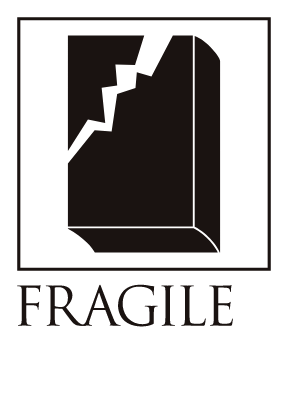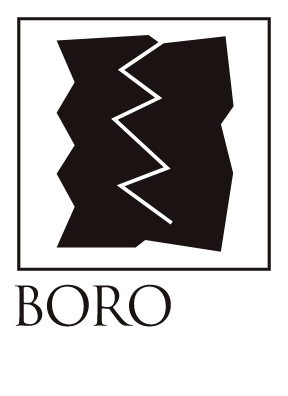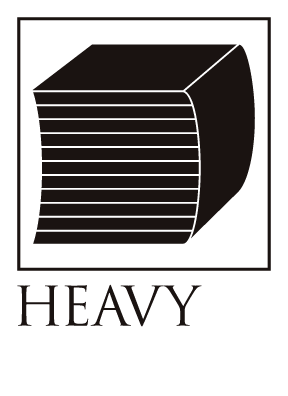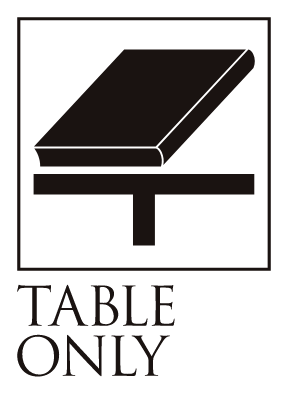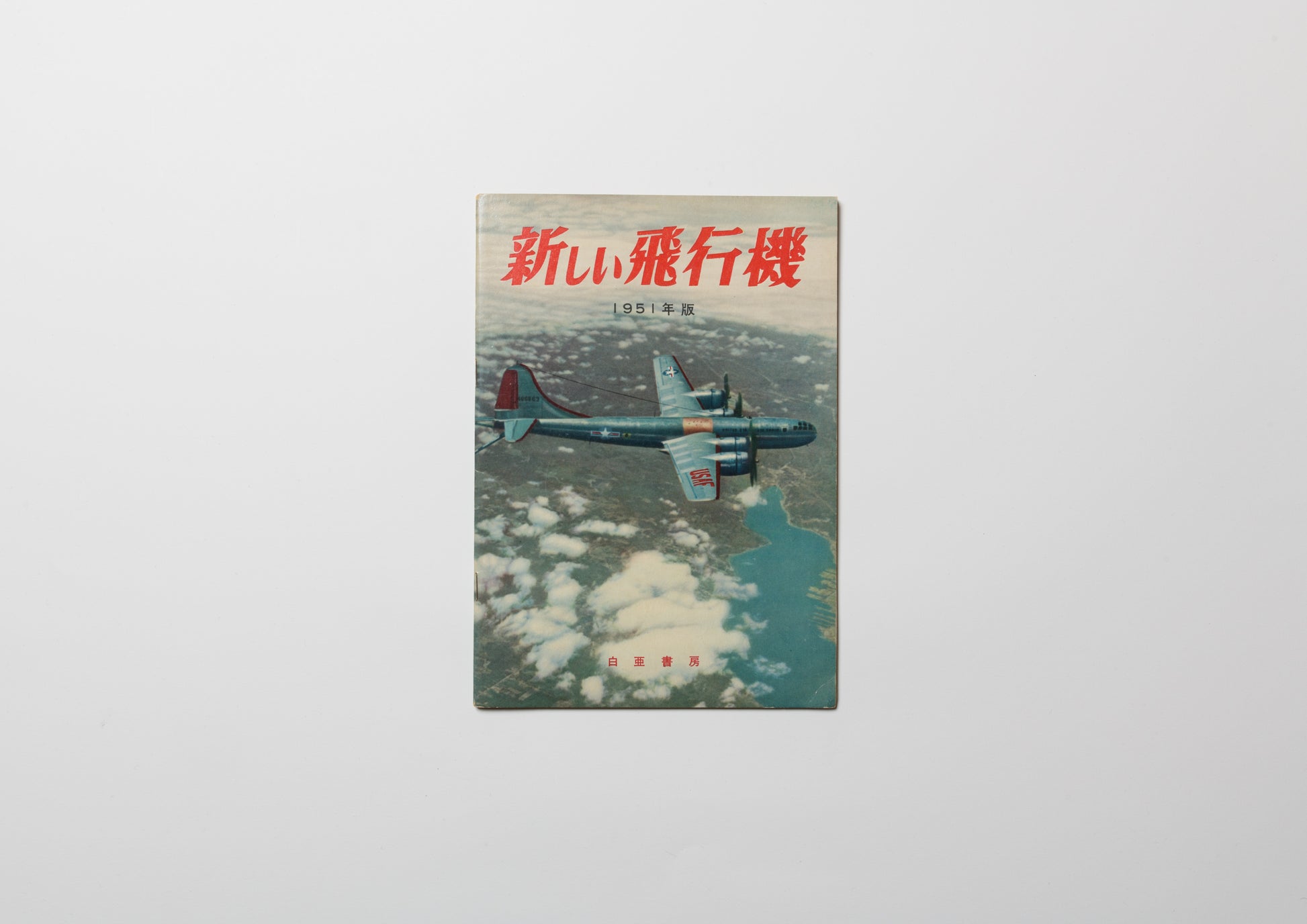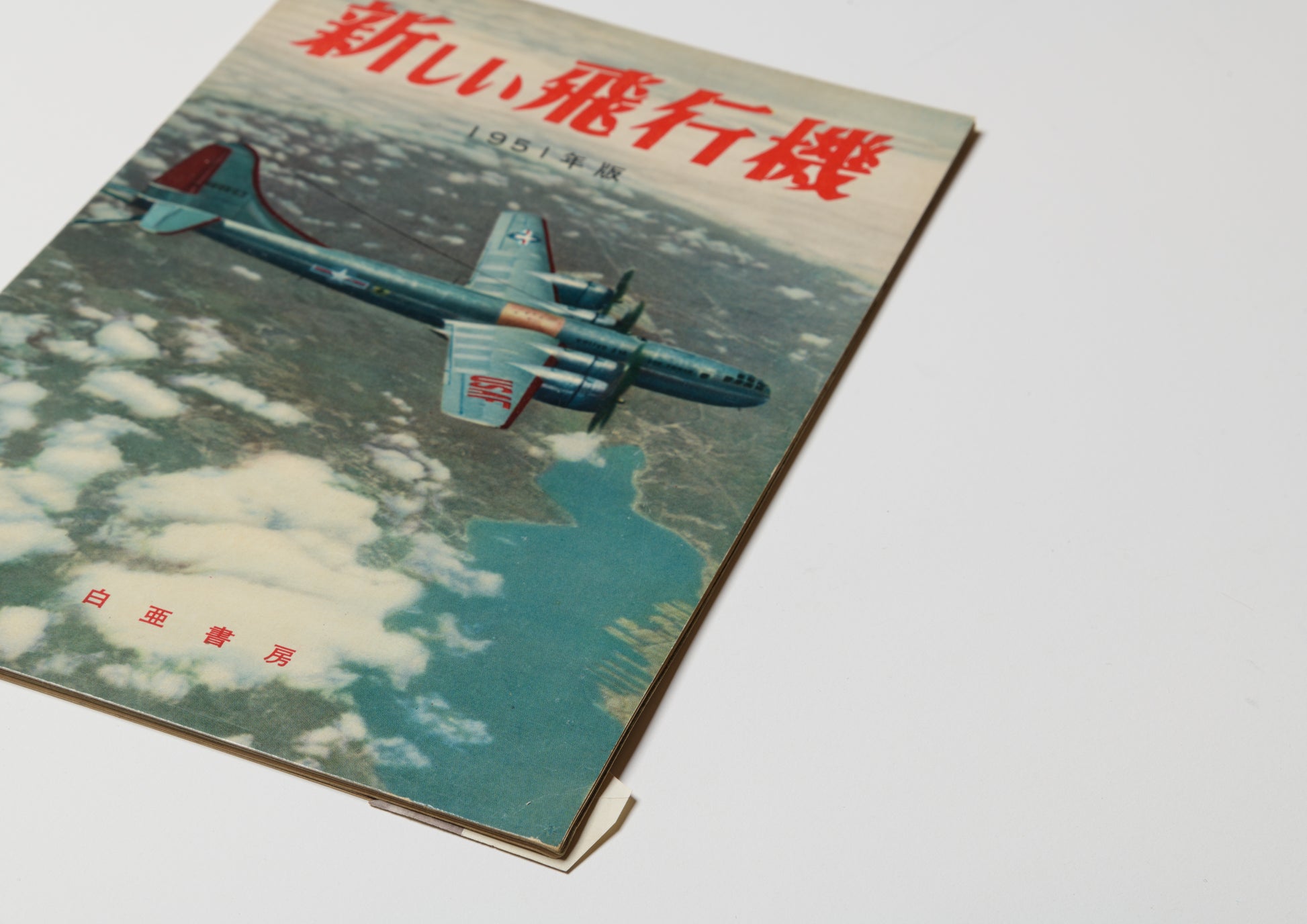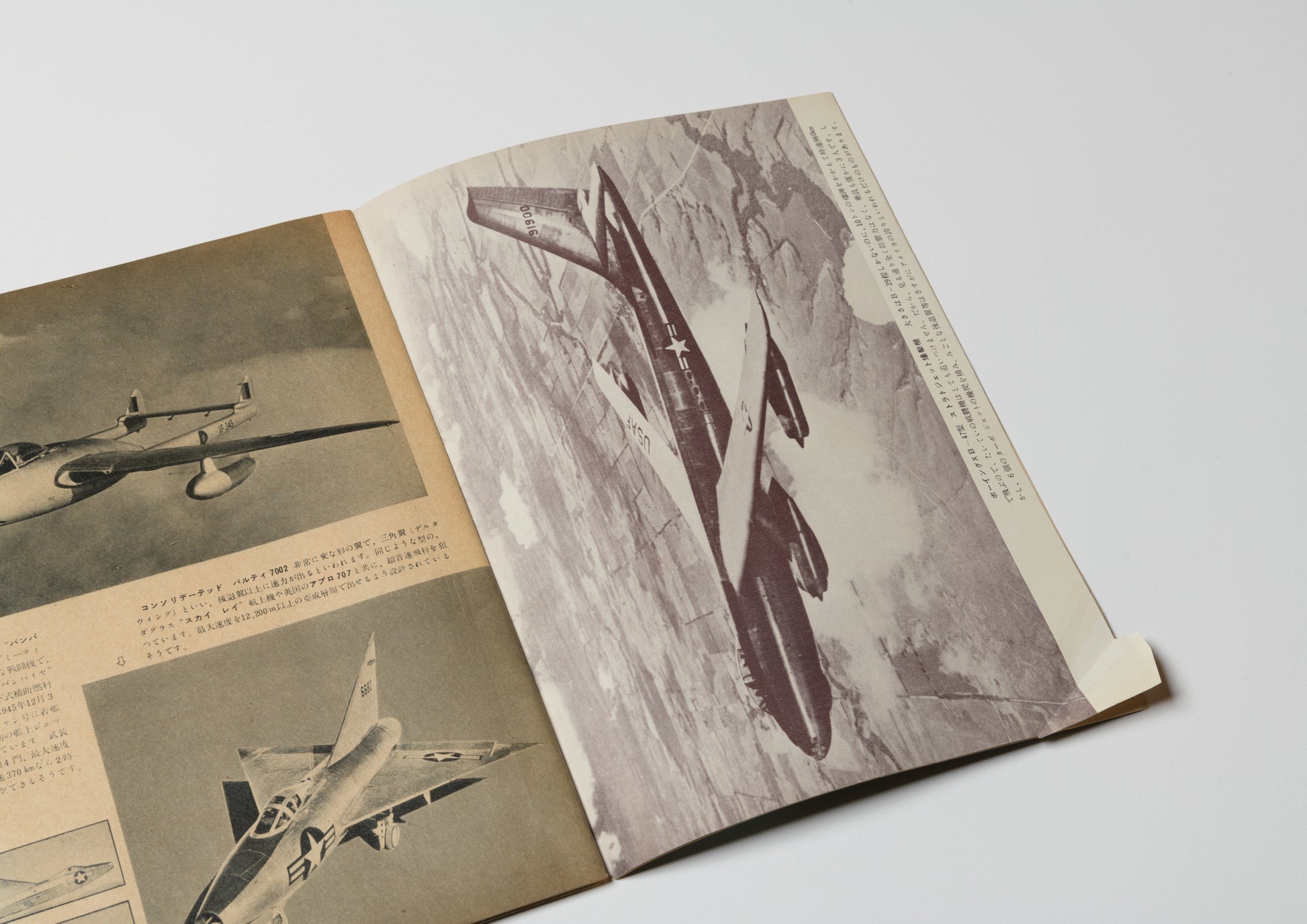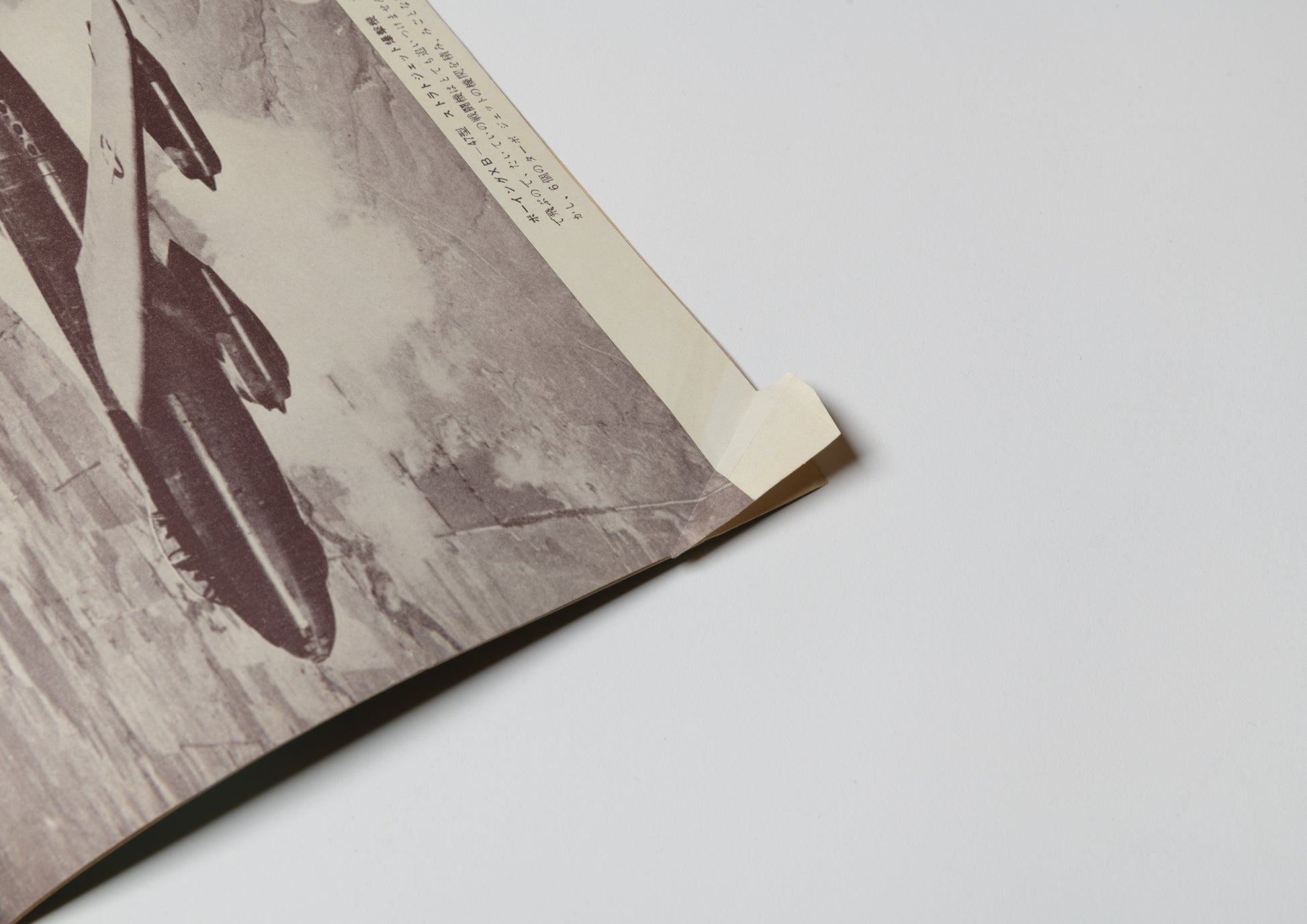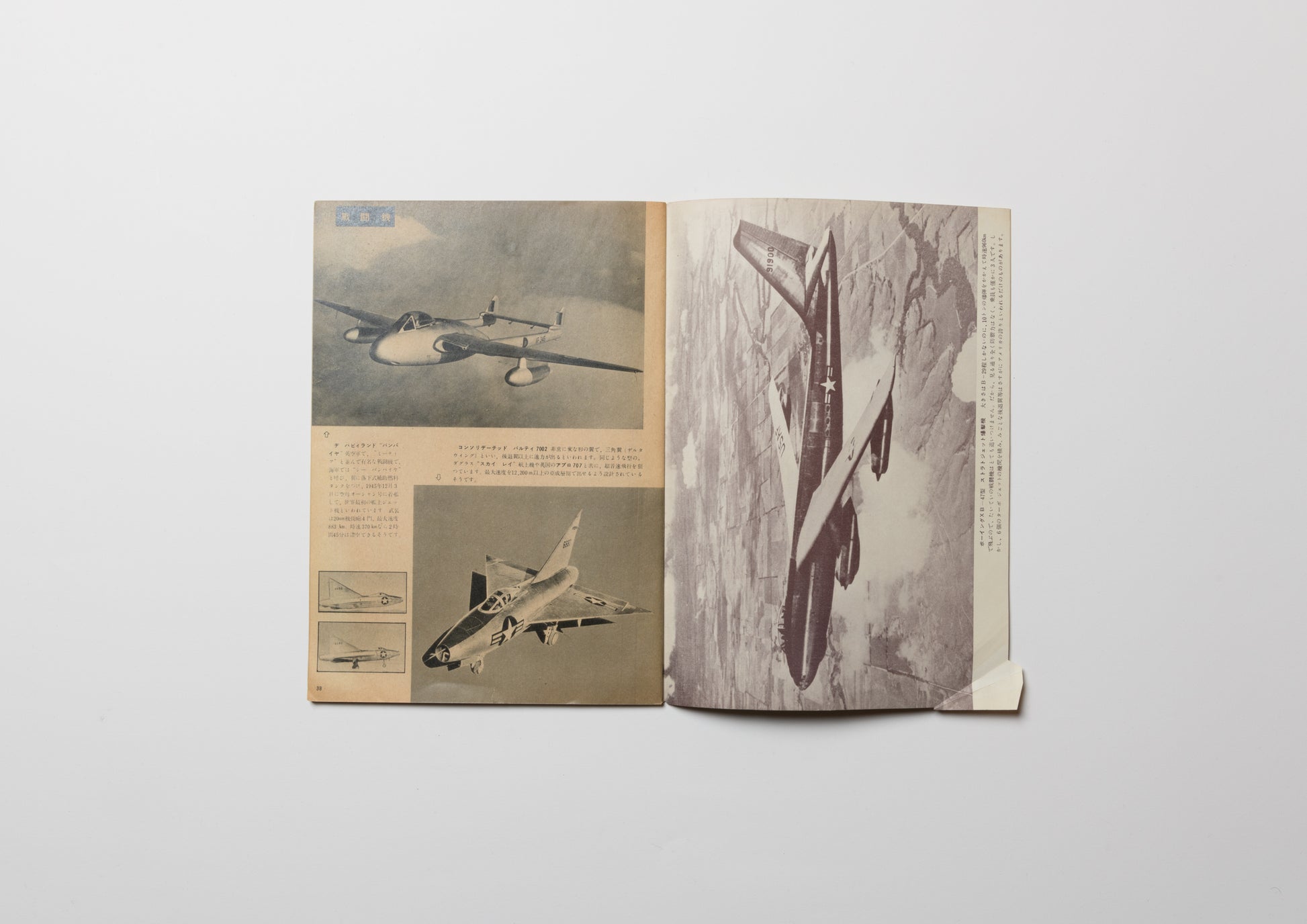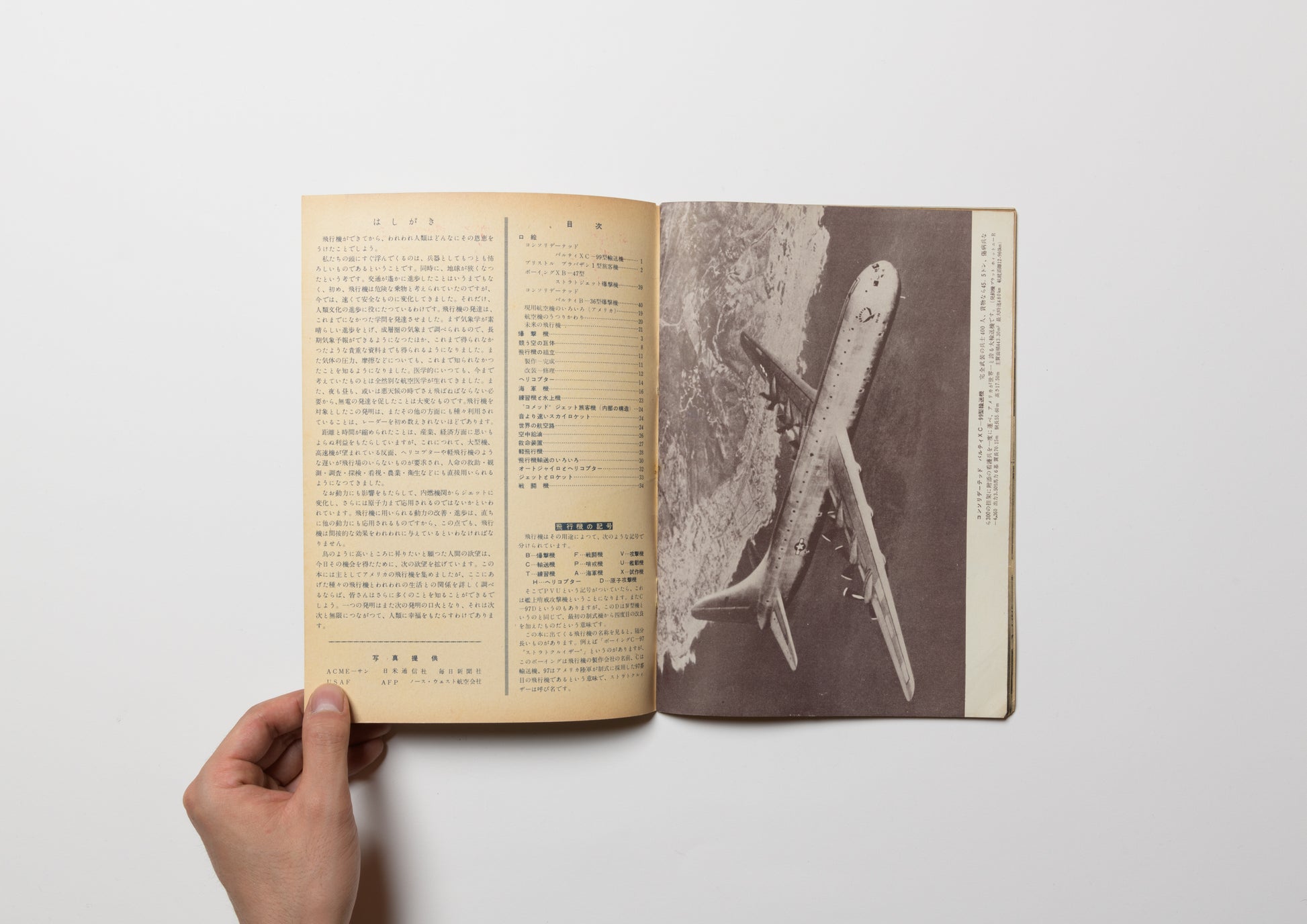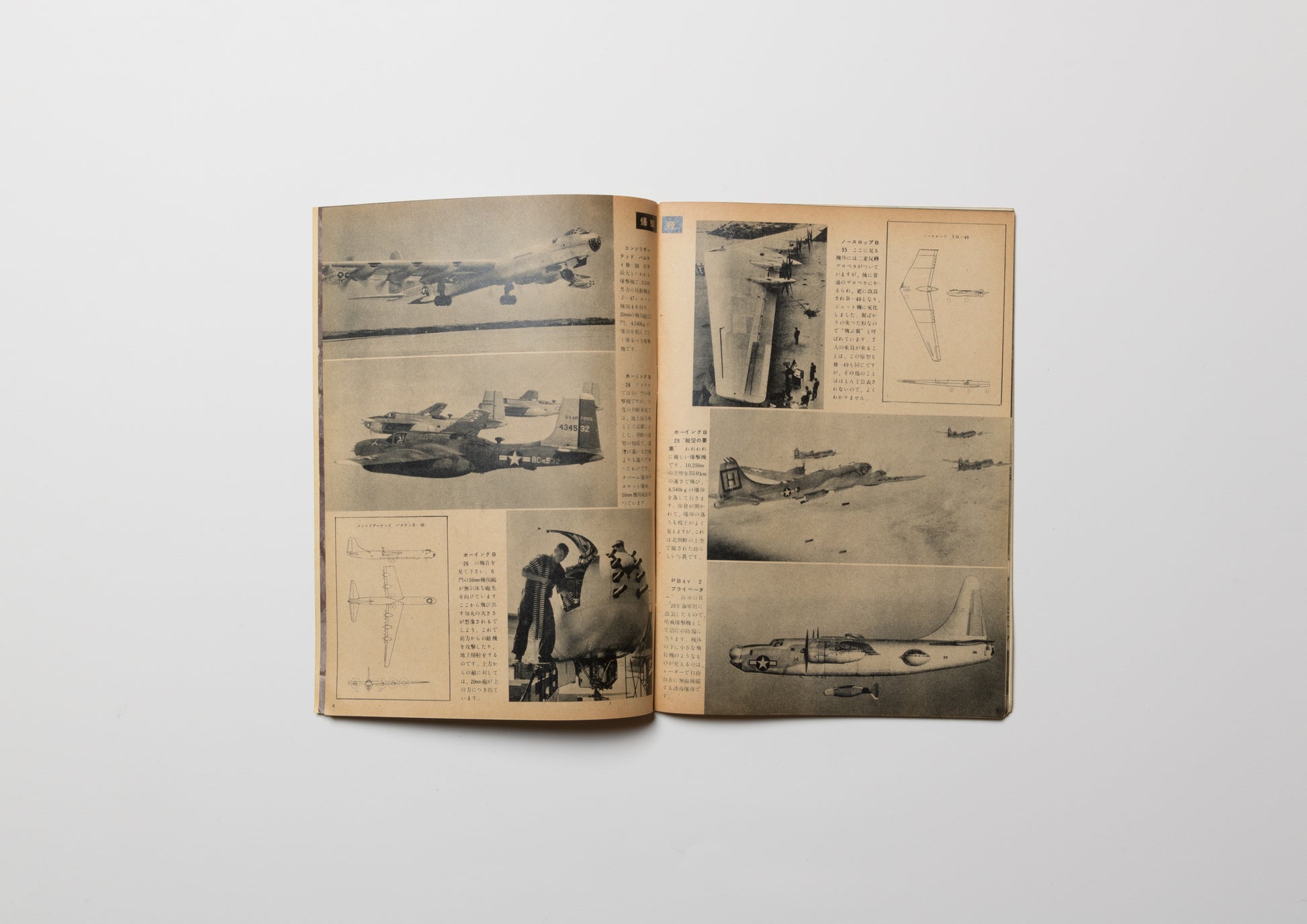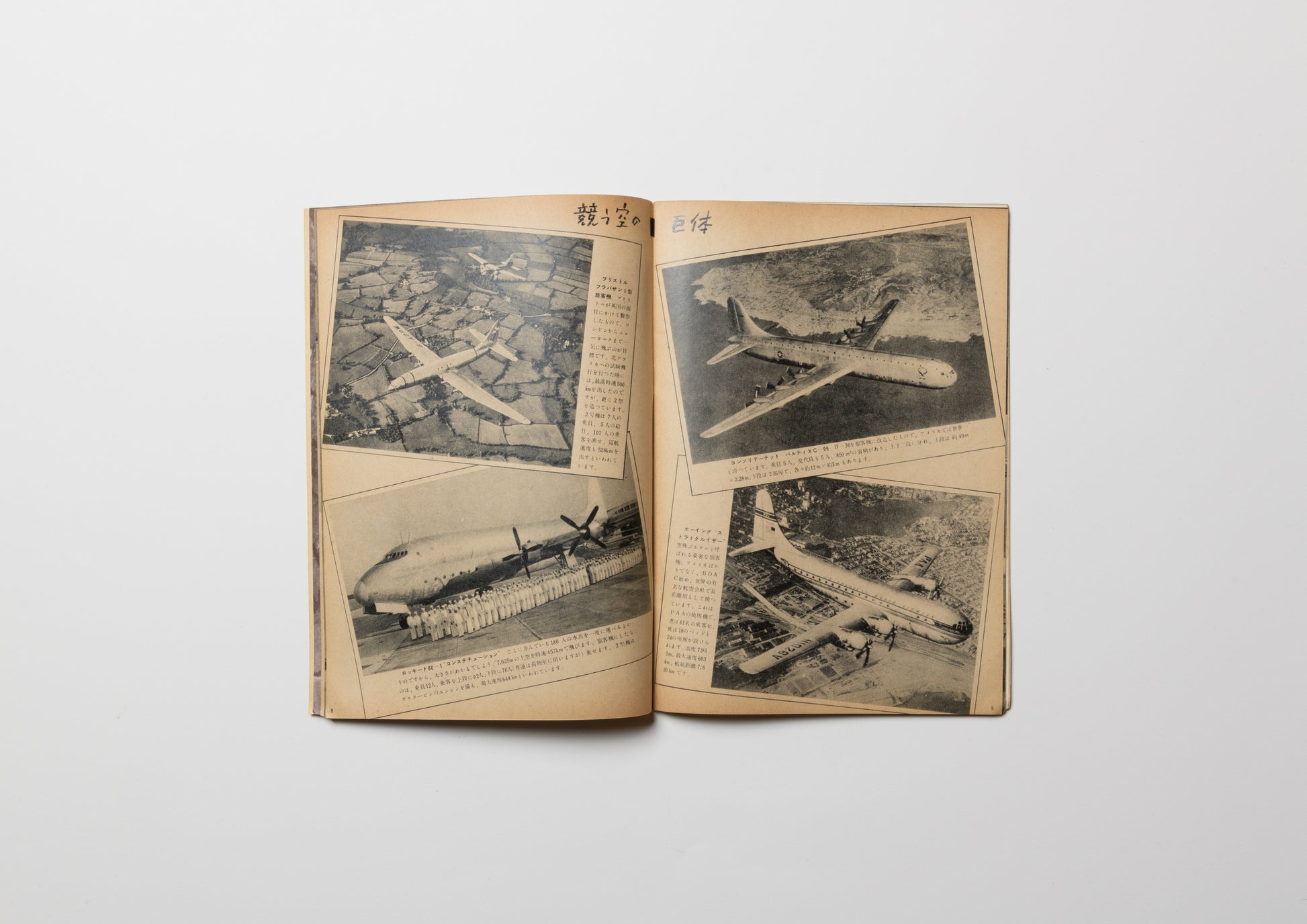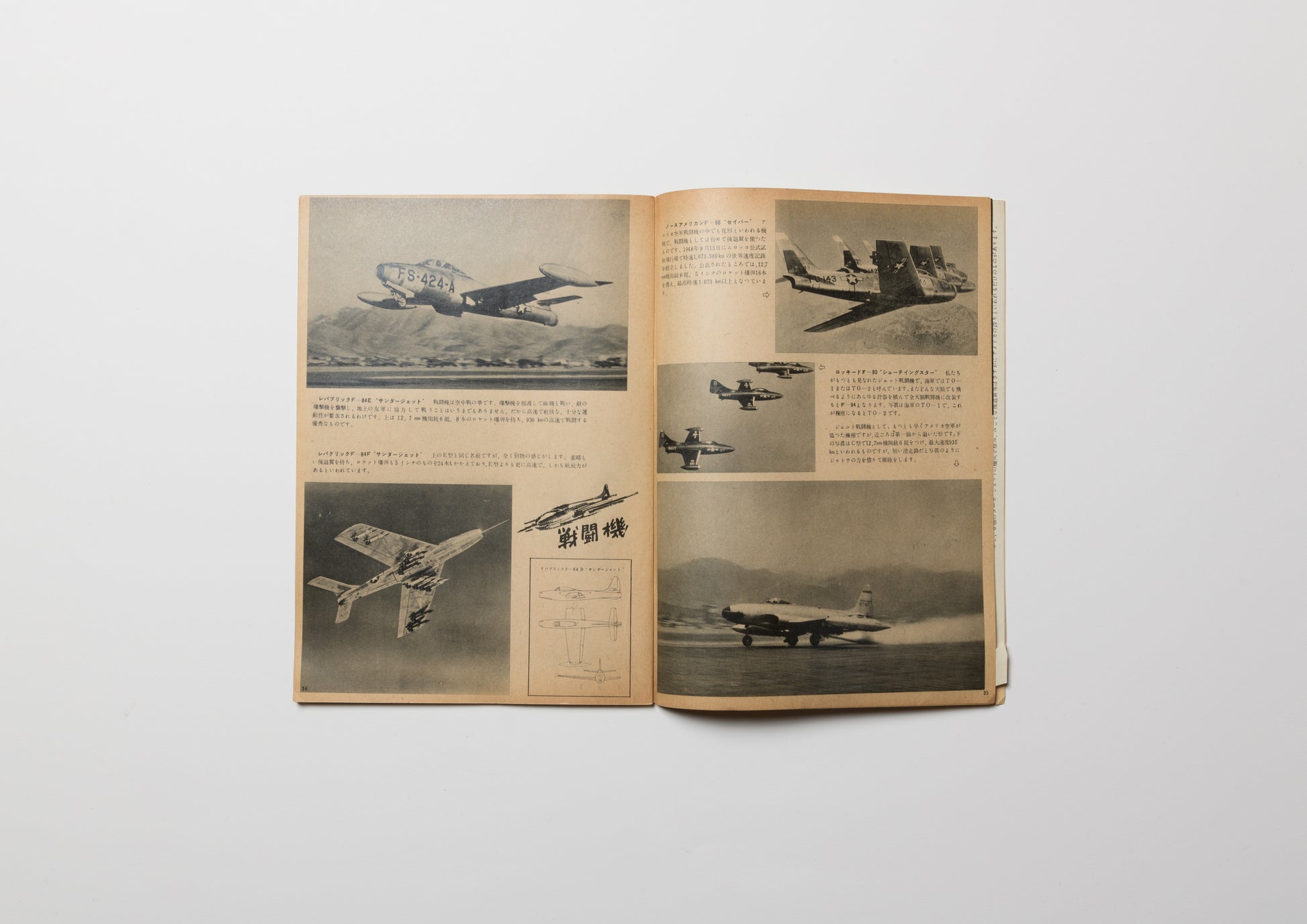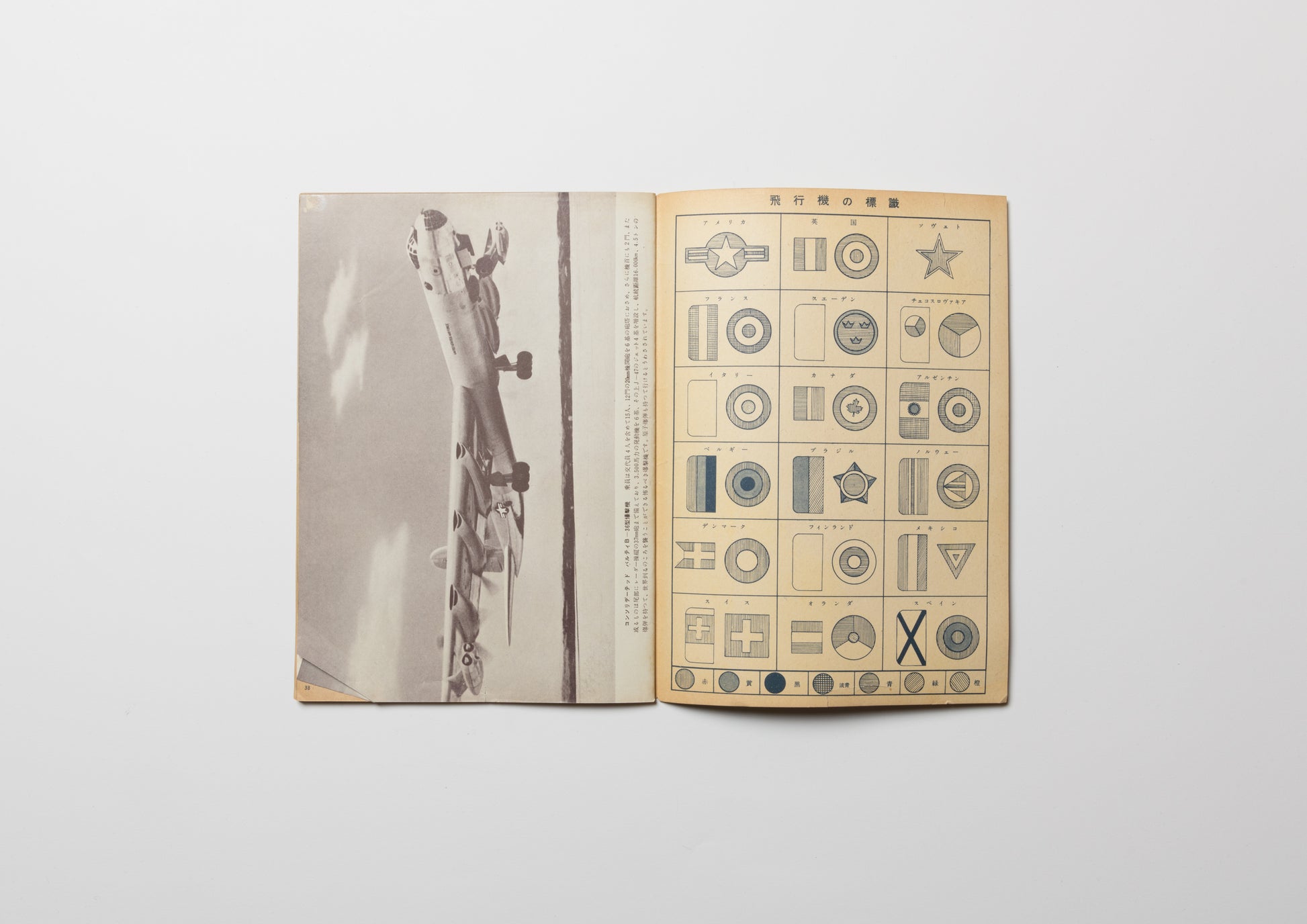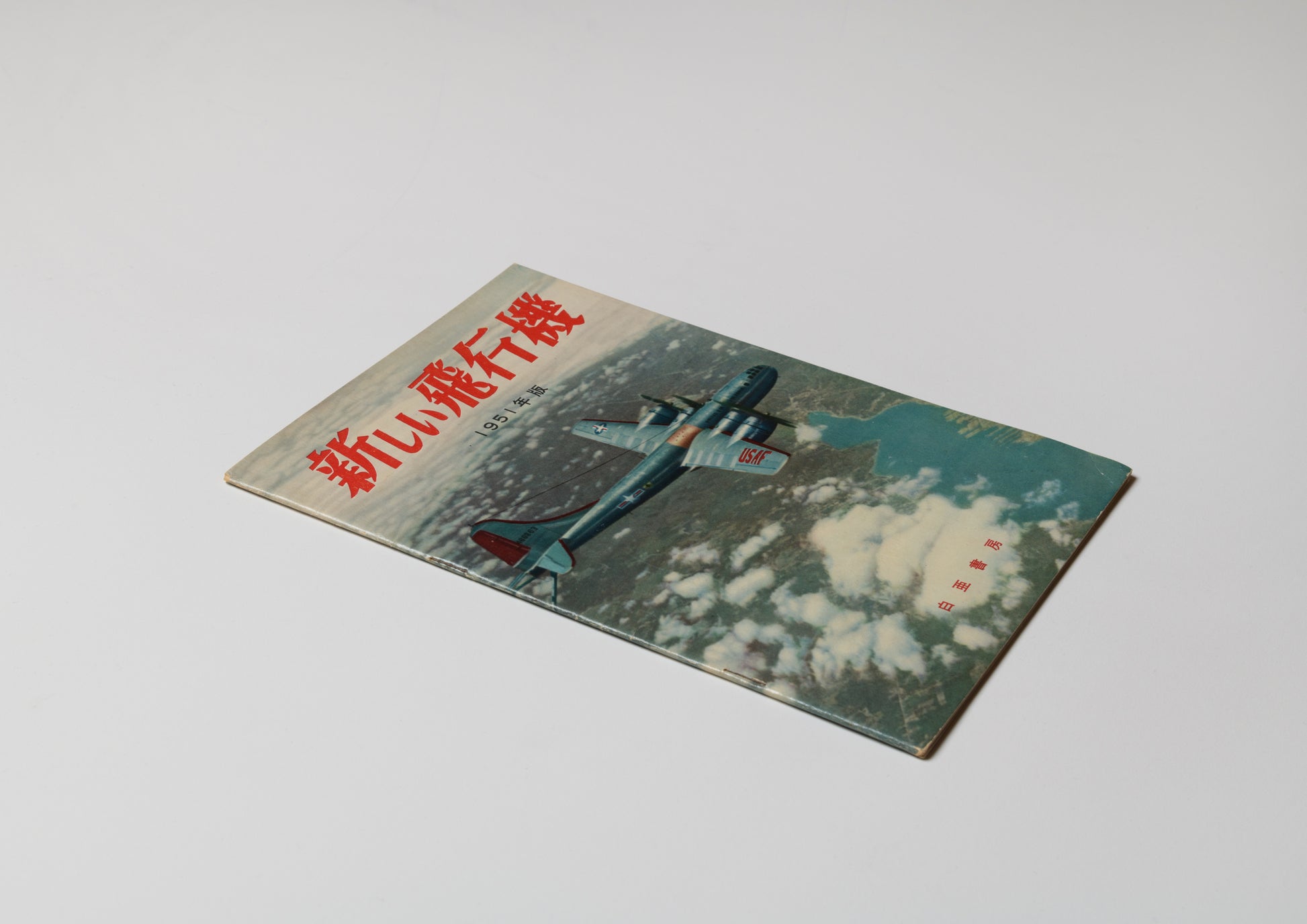New Airplane/1951
Bibliographic Details
- Title
- The New Airplane, 1951 Edition / 新しい飛行機 1951年版
- Publisher
- Hakua shobo / 白亜書房
- Year
- 1951
- Size
- h257 × w182mm
- Weight
- 100g
- Pages
- 40 pages
- Language
- Japanese / 日本語
- Binding
- Center-stitch binding / 中綴じ
- Condition
- good
The 20th century was the age of airplanes.
This book also has little wings.
The Wright Brothers' first flight was in 1903. Between the two wars, the practical application of airplanes progressed rapidly, and a wide variety of airplanes were created, including not only fighter planes. This book, published by Hakua Shobo in 1951, introduces transport planes, rescue planes, naval planes, and helicopters from the perspective of discoveries brought about by airplanes. It could be said that five years after the end of the war, "new airplanes" finally began to emerge.
However, it was published in the midst of the Korean War that broke out between North and South Korea. It began in 1950 with North Korea's advance south, and the US supported the South and the conflict rebounded, before the Chinese army supported the North and the conflict became a quagmire. Although a ceasefire agreement was finally reached at the 38th parallel in 1953, North and South Korea remain divided to this day.
The book's lucky charm was found in the corner of a page introducing the B-47 "Stratojet," a large bomber developed by the American Boeing Company. The B-47 was the successor to the B-29, which bombed Japan many times, and was the next-generation bomber mass-produced in the United States when the Korean War began. Equipped with six jet engines and designed to be equipped with nuclear bombs from the start, it could fly at 960 kilometers per hour while carrying 10 tons of bombs. However, the United States preserved the B-47 as a final weapon against the Soviet Union. It was not deployed in the Korean War, and the technology was passed on to its successor, the B-52 "Stratofortress," with many new technologies still installed.
It was never deployed in combat,He retired without a role.The B-47Taking advantage of the large payloadIt was used for reconnaissance and weather observation.In Japan, there are records showing that a derived model, the WB-47 weather observation aircraft, was deployed at Yokota Air Base in 1964 in order to observe typhoons.
"table of contents"
frontispiece
- Consolidated Vulti XC-99 transport aircraft
・Bristol Bravazan 1 passenger aircraft
・Boeing XB-47 Stratojet bomber
・Consolidated Vultee B-36 bomber
・Various modern aircraft (USA)
・Changes in aircraft
・Future airplanes
Bomber
Competing Giants of the Sky
Airplane assembly
・Production to completion
・Renovation ~ Repair
helicopter
navy plane
Trainer and seaplane
"Comed" passenger jet (interior structure)
Skyrocket faster than sound
Air Routes around the World
Air refueling
lifesaving equipment
Light aircraft
Various Air Transportation
Autogyro and helicopter
Jets and rockets
Fighter
